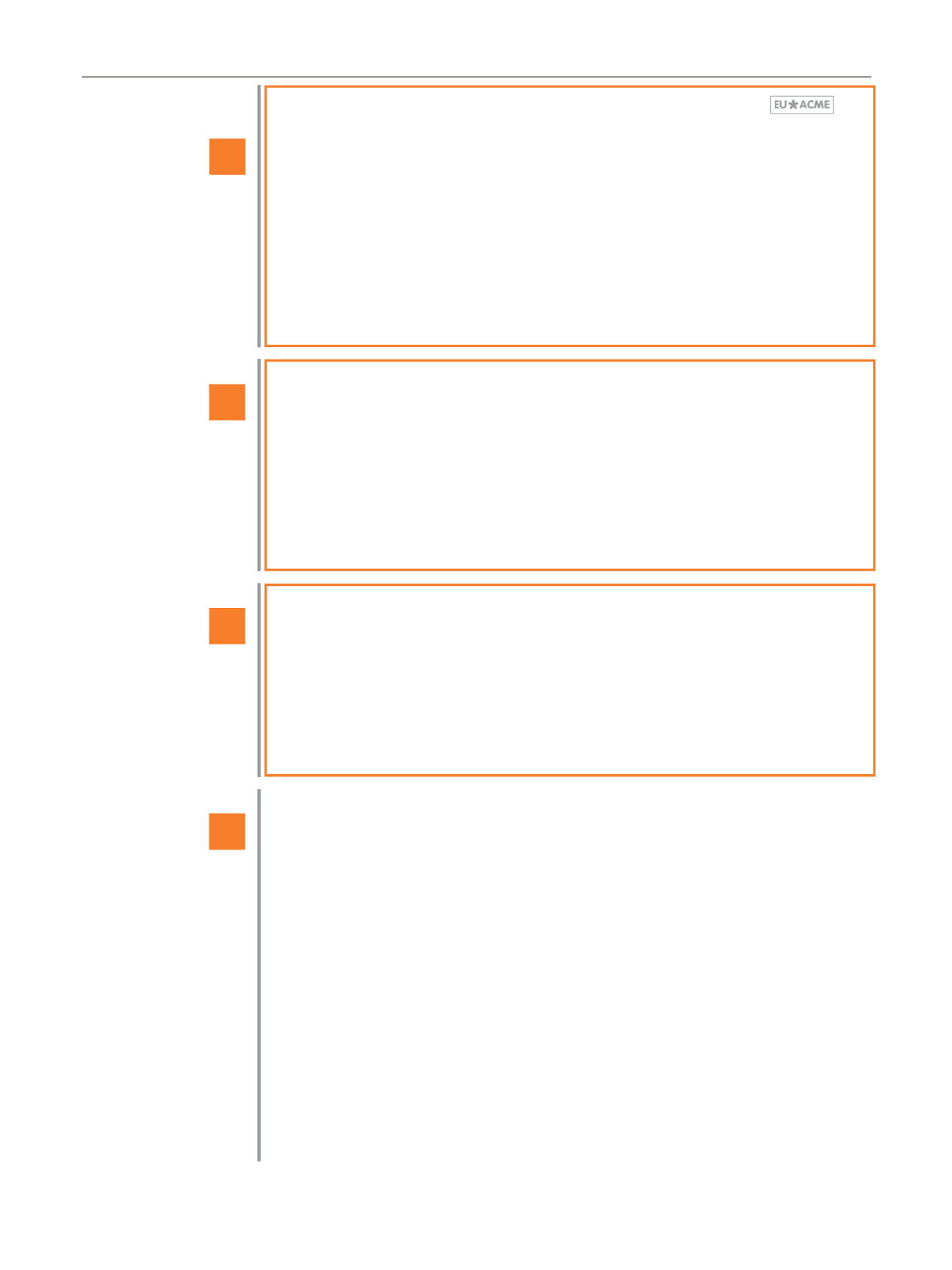

e u r o p e a n u r o l o g y , vo l . 7 2 , n o . 5 , No v emb e r 2 0 1 7
757
Medical Treatment of Nocturia in Men with Lower Urinary Tract Symptoms: Systematic Review by the European Association of Urology Guidelines Panel for Male Lower Urinary Tract SymptomsV.I. Sakalis, M. Karavitakis, D. Bedretdinova, T. Bach, J.L.H.R. Bosch, M. Gacci, C. Gratzke,
T.R. Herrmann, S. Madersbacher, C. Mamoulakis, K.A.O. Tikkinen, S. Gravas, M.J. Drake
Antidiuretic therapy using dose titration was more effective than placebo in relation
to nocturnal voiding frequency and duration of undisturbed sleep; baseline sodium is
a key selection criterion. Medications to treat lower urinary tract dysfunction were
generally not significantly better than placebo in short-term use. Other medications
(diuretics, agents to promote sleep, nonsteroidal anti-inflammatories) were
sometimes associated with response or quality of life improvement.
770
Anything New for Nocturia?S.J. Kim, O. Al Hussein Alawamlh, R.K. Lee
772
What are the Benefits and Harms of Ureteroscopy Compared with Shock-wave Lithotripsy in the Treatment of Upper Ureteral Stones? A Systematic ReviewT. Drake, N. Grivas, S. Dabestani, T. Knoll, T. Lam, S. Maclennan, A. Petrik, A. Skolarikos, M. Straub,
C. Tuerk, C.Y. Yuan, K. Sarica
Both ureteroscopy and shock wave lithotripsy are safe and effective treatments for
proximal ureteric stones. However, ureteroscopy appears to result in superior short-
term stone-free rates and a lower rate of retreatment, but associated with more
adjunctive procedures, higher complication rate, and longer hospital stay.
787
Endoluminal versus Extracorporeal Endourology: Which is Better and atWhat Cost?J.M. Patterson, W.J.G. Finch
789
Understanding and Improving Recruitment to Randomised Controlled Trials: Qualitative Research ApproachesD. Elliott, S. Husbands, F.C. Hamdy, L. Holmberg, J.L. Donovan
Recruitment to randomised controlled trials (RCTs) is difficult. Qualitative research
can provide important insights into the complexities of recruiting to RCTs, which can
inform support and training initiatives, and improve recruitment.
799
Maximising Recruitment to Randomised Controlled Trials: The Role of Qualitative Research to Inform Recruitment ChallengesP. Wright
801
Prognostic Performance and Reproducibility of the 1973 and 2004/2016 World Health Organization Grading Classification Systems in Non–muscle-invasive Bladder Cancer: A European Association of Urology Non-muscle Invasive Bladder Cancer Guidelines Panel Systematic ReviewV. Soukup, O. Cˇ apoun, D. Cohen, V. Hernández, M. Babjuk, M. Burger, E. Compérat, P. Gontero,
T. Lam, S. MacLennan, A.H. Mostafid, J. Palou, B.W.G. van Rhijn, M. Rouprêt, S.F. Shariat,
R. Sylvester, Y. Yuan, R. Zigeuner
All available data were collected and the prognostic performance and reproducibility of
the 1973 and 2004/2016World Health Organization (WHO) grading systems for
non–muscle-invasive bladder cancer (NMIBC) were compared in the systematic review.
We found that current grading classifications in NMIBC are suboptimal. The 1973
system identifies more aggressive tumours. In each category of the 1973WHO
classification (grade [G] G1, G2, G3), the risks of recurrence and progression were higher
than in the corresponding category of the 2004/2016WHO classification (papillary
urothelial neoplasms with lowmalignant potential, low grade, and high grade [HG]). We
confirmed the tendency to classifymost patients as G2 in the 1973WHO classification.
On the contrary, a significant weakness of the 2004/2016WHO classification is that it
gives almost no prognostic information in T1 patients, nearly all of whomare classified
as HG. Intra- and interobserver variability was slightly less in the 2004/2016WHO
classification. We could not confirm that the 2004/2016WHO classification outperforms
the 1973WHO classification in the prediction of recurrence and progression. Current
Stone Disease
Education
Guidelines
Voiding
Dysfunction
















